PACSonWEB release 3.3.700
The latest Release 3.3.700 of PACSonWEB includes significant improvements to enhance the performance and integration of the solution within the DeepUnity suite. These improvements are focused on three main areas: architectural improvements, ecosystem expansion, and study exchange workflows.
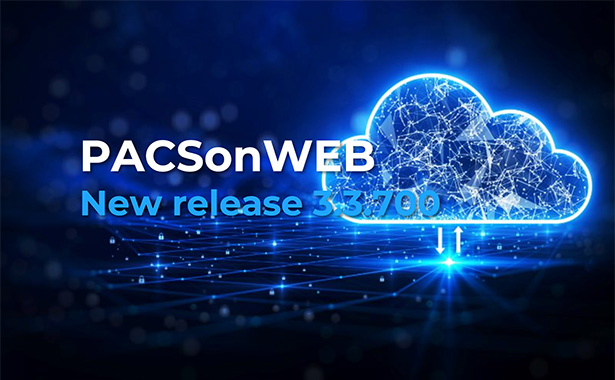
Architectural improvements involve upgrading the DICOM processors to .NET Core, the latest version of the Microsoft .NET framework, which improves performance, test coverage, and future readiness. DICOM processors are Windows services that process incoming images by placing files into long-term storage, converting DICOM GSPS and SR objects, parsing DICOM tags, creating PNG compressed images, and more. These improvements result in better performance, and prepare the solution for the future (e.g., deployment in Docker containers, in accordance with Dedalus’ Kubernetes strategy).
The retrieval of study information is improved, resulting in a shorter wait before the first image is displayed. This study information, including details on the series, images, annotations and so on, is required for example to determine which reading protocol should be applied.
Said information must therefore be retrieved before caching the pixel data. As a result, when a PACSonWEB user opens a study in the viewer, the time it takes to display the first image will be shortened significantly, compared to PACSonWEB 3.3.600 (based on internal test results). The performance impact is most pronounced for studies with several, even thousands, of images. To improve performance even further, some intelligence was added, so as to pre-load the study information before the study itself is opened in the viewer.
The Ecosystem expansion includes partnering with Intrasense to integrate Myrian, an advanced image post-processing and visualization solution, with PACSonWEB. Myrian features a comprehensive set of clinical applications, including dedicated toolsets for breast, prostate, liver, oncology, brain, cardiovascular images, and much more. Here some visual examples:
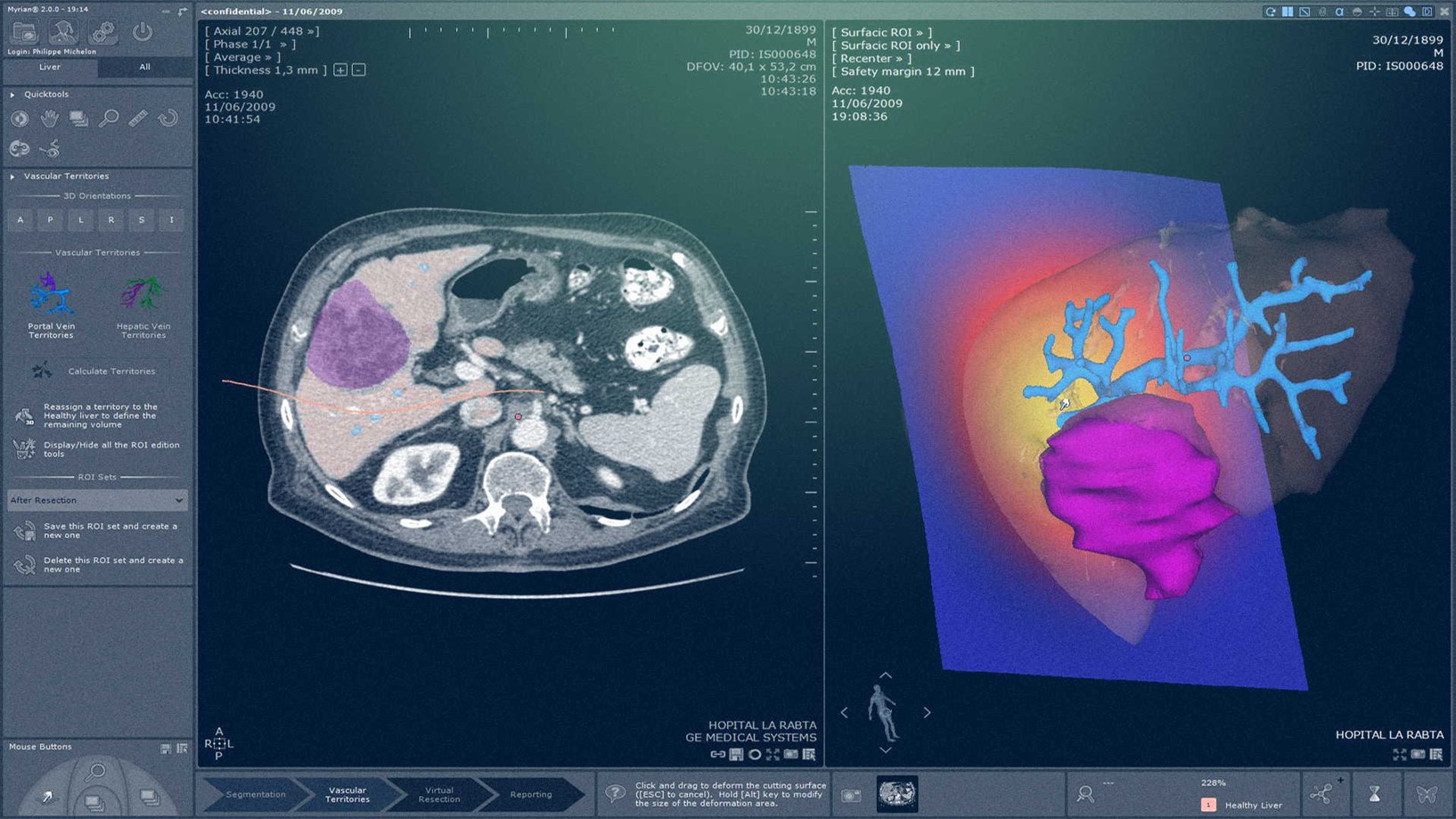
Example of liver planning module
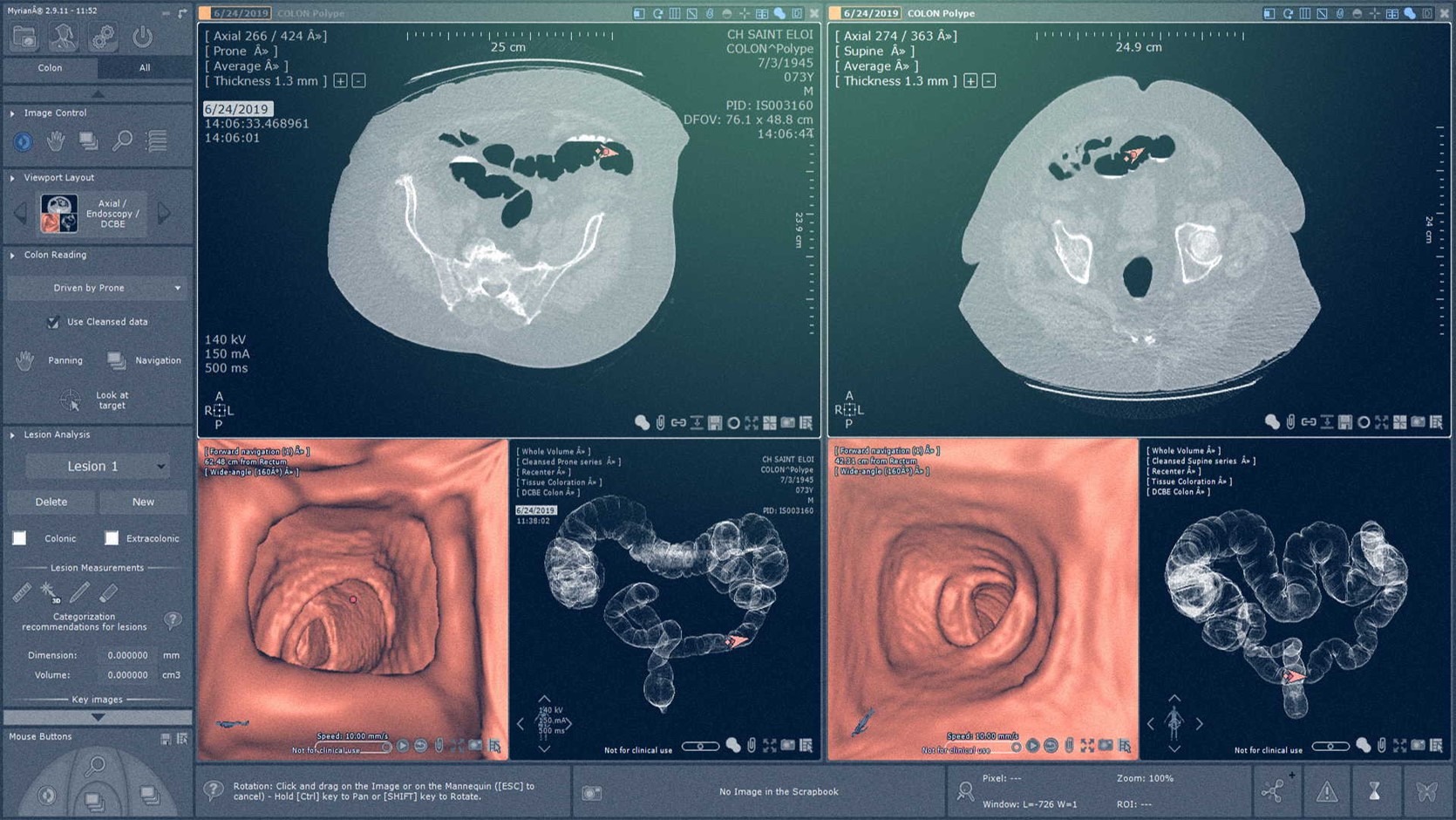
Example of virtual colonoscopy
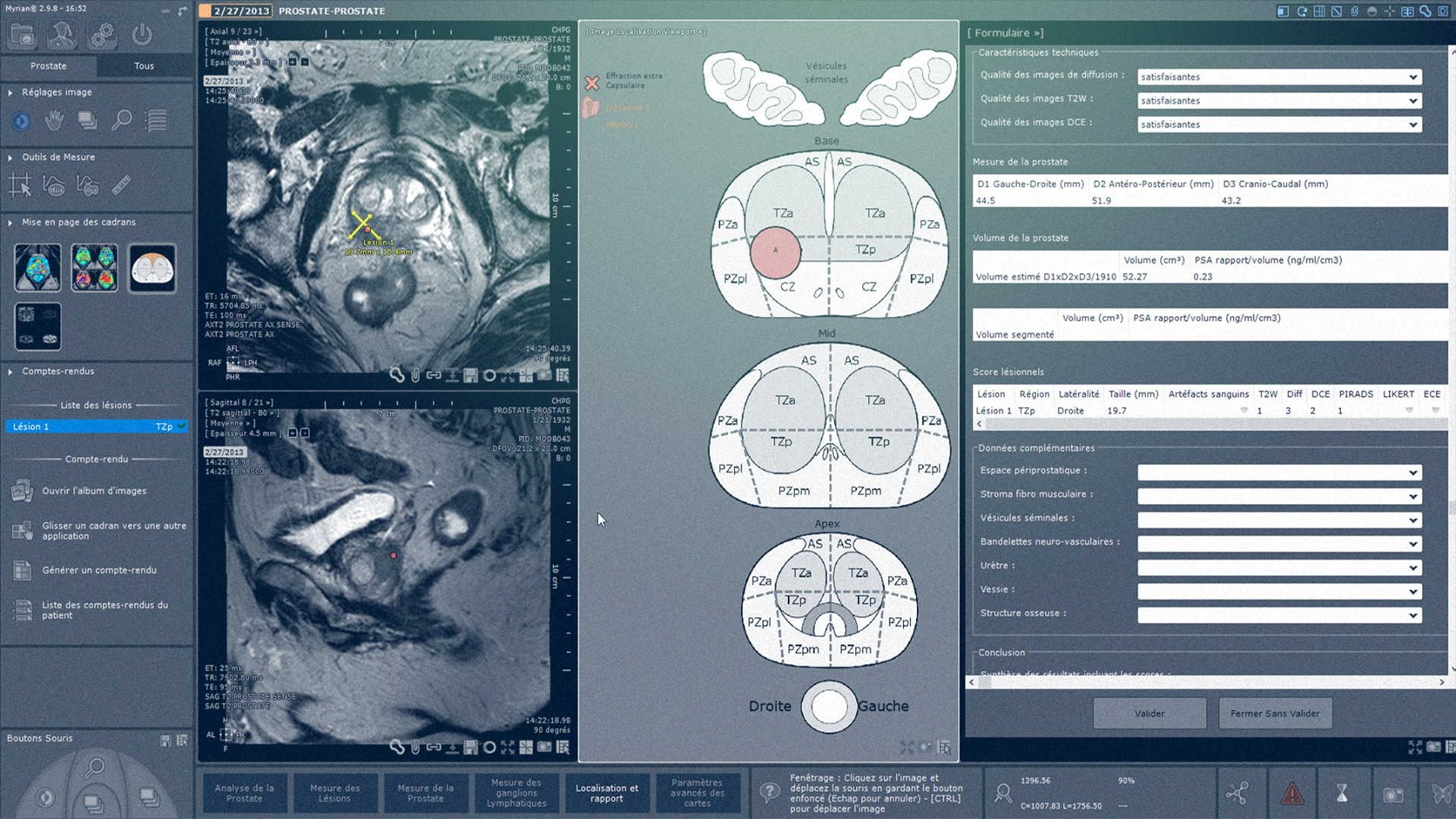
Example of MR prostate reporting
The integration capabilities of PACSonWEB with other third-party clinical applications, such as orthopaedic templating software, have also been improved.
Lastly, image exchange workflows have been streamlined to ensure a smooth user experience and minimize the number of clicks. When hospital administrators or other healthcare professionals want to import a patient’s imaging history (available in PACSonWEB) into their local PACS solution, this process is optimized so the end-to-end workflow is significantly shortened. This use case is especially relevant in the DACH region, but benefits PACSonWEB customers in other regions as well.
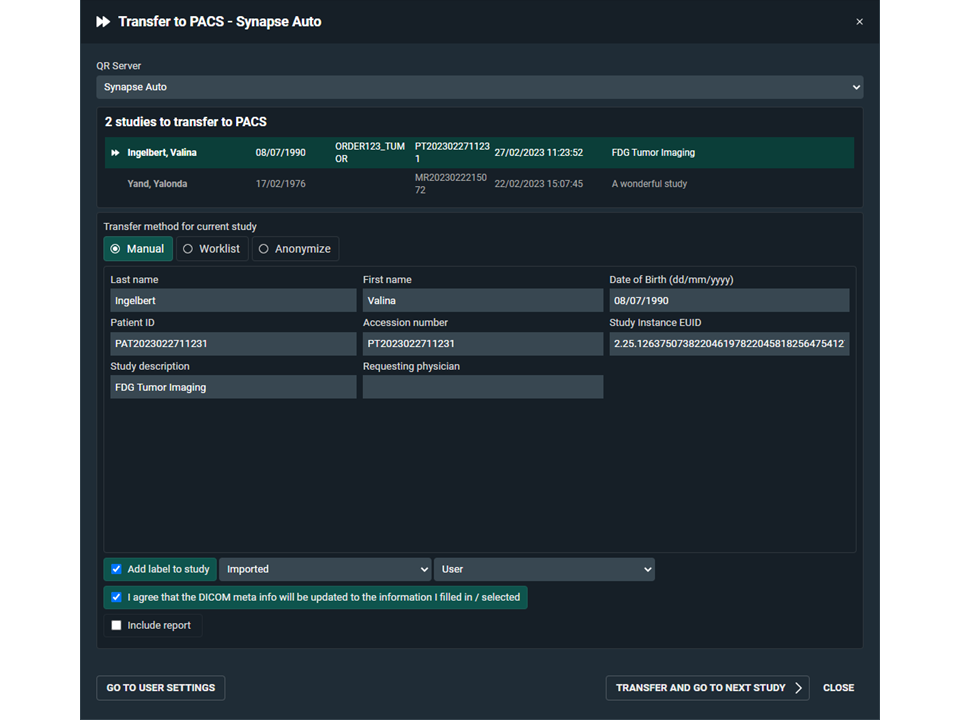
A redesigned user interface ensures a much more efficient workflow to transfer studies from PACSonWEB into a local PACS or DICOM device
The key benefits of the latest release of PACSonWEB, version 3.3.700, are the architectural improvements, ecosystem expansion, and smoother image exchange workflow. These improvements provide better performance, more integration with the DeepUnity suite, and support more workflows, which positively impacts radiologists, clinicians, patients and other healthcare professionals.